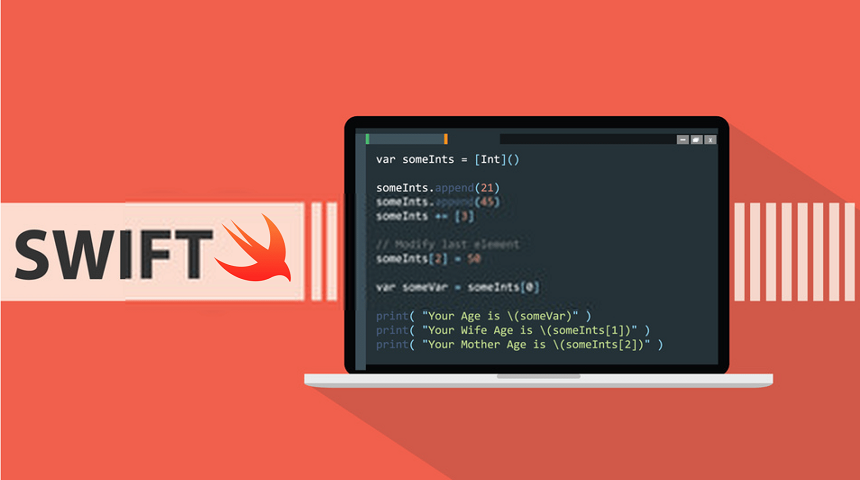
Free eBooks for Beginners
Swift is a powerful, user-friendly programming language that has gained immense popularity in recent years, especially among iOS app developers. One of the areas where Swift shines is in building HTTP servers, and Kitura is a popular framework for doing so. In this article, we’ll go over what a HTTP server is and how to build one using Swift and Kitura.
A HTTP server is simply a computer program that serves web pages over the internet. When you visit a website, your web browser sends a request to the HTTP server associated with that website, and the server sends back a response in the form of a web page. HTTP servers are the backbone of the internet and are used to serve everything from simple blogs to complex online applications.
Kitura is a framework for building HTTP servers in Swift. It provides a set of tools and APIs for creating endpoints, handling incoming requests, and sending responses. Kitura is designed to be fast, lightweight, and scalable, making it a great choice for a wide range of web applications.
Getting started with Kitura is relatively straightforward. First, you’ll need to download and install Swift, which you can do from the Swift website. Once you have Swift installed, you’ll need to install Kitura by following the instructions on the Kitura website.
Once you have Kitura installed, you can start building your first HTTP server. The process starts by creating a new project in Xcode and adding the Kitura framework. From there, you’ll need to create your first endpoint by writing some Swift code. An endpoint is simply a URL that your server listens to, and when a request is made to that URL, the server will respond with the data you specify.
In Kitura, you can create an endpoint by writing a function that takes in a request and returns a response. The request contains information about the incoming request, such as the URL, the HTTP method, and any parameters or headers. The response is where you can specify what you want to send back to the client, such as a web page or some JSON data.
Once you have your endpoint created, you’ll need to start your server by calling the Kitura.run() function. This function takes care of listening for incoming requests and dispatching them to your endpoints.
In conclusion, building a HTTP server with Swift and Kitura is a great way to get started with server-side programming. Whether you’re building a simple blog or a complex online application, Kitura provides a fast, lightweight, and scalable framework for building HTTP servers in Swift. With a little bit of coding and some help from the Kitura documentation, you can have your first server up and running in no time.
Cookbook – SWIFT for Beginners – Chapter 50: Swift HTTP server by Kitura
 Loading...
Loading...
Disclaimer: The information and code presented within this recipe/tutorial is only for educational and coaching purposes for beginners and developers. Anyone can practice and apply the recipe/tutorial presented here, but the reader is taking full responsibility for his/her actions. The author (content curator) of this recipe (code / program) has made every effort to ensure the accuracy of the information was correct at time of publication. The author (content curator) does not assume and hereby disclaims any liability to any party for any loss, damage, or disruption caused by errors or omissions, whether such errors or omissions result from accident, negligence, or any other cause. The information presented here could also be found in public knowledge domains.